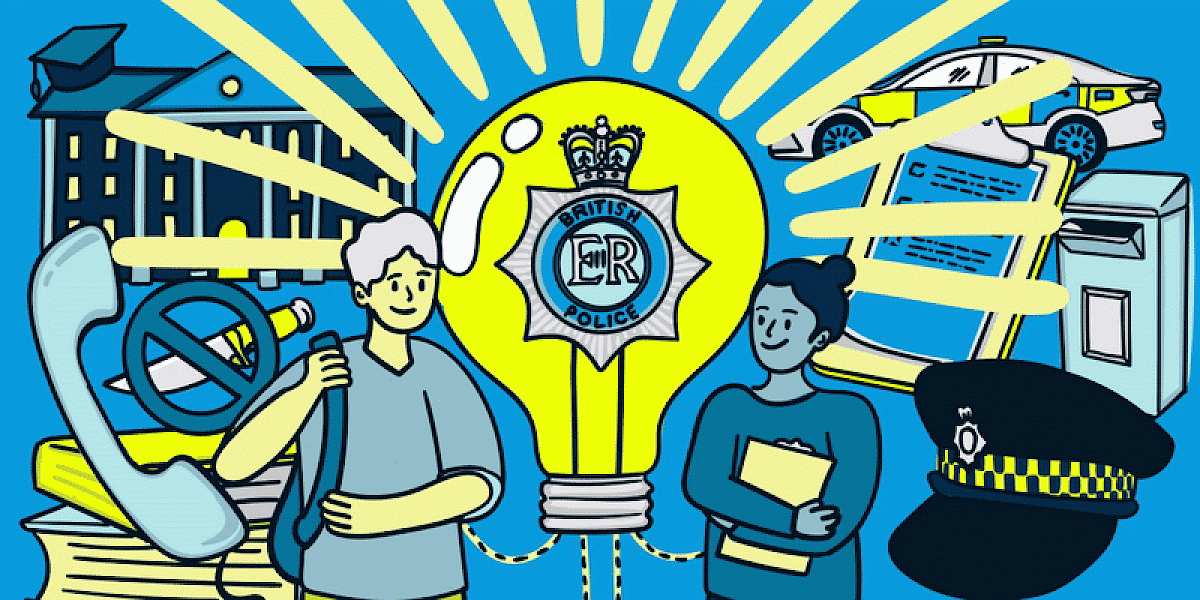Inside Essex Police's Battle Against Knife Violence


Knife crime is presenting a large and complex challenge for police forces across the country. Instead of focusing only on investigating crime after it has occurred, Essex Police have looked at innovative ways to predict and prevent future crime, benefitting communities and individuals across the county.
Although they have no crystal ball, Essex Police have come up with new methods of predicting crime, which involves a lot of complex and interesting algorithms—if only Hercule Poirot had this capability too!
Last year Essex Police developed the Knife Crime and Violence Model (KCVM), which sought to identify individuals who are known to the police, and to predict which of them are likely to commit new knife or violent offences in the next 12 months. Data scientists from Essex Police worked in partnership with the University of Essex to develop a unique algorithm for the project, and tests were then carried out on the full model over 18 months to deliver accurate predictions of risk. A business process was also developed with the Essex Centre for Data Analytics, and the Essex Violence and Vulnerability Unit. The strong collaboration is a compelling reason why the whole project was successful, as different capabilities and strengths were supported to create such an effective model.
The data model tool assigns a risk score against individuals known to the police, so it predicts whether an individual is on the path towards using a knife to commit a crime or act of violence. Individuals are given probability scores based on factors such as age, gender, number of criminal associates, prior suspects for violence with injury, and prior victimisation for violence with injury.
Who is using the model?
The model is used by specially trained staff in multiple agencies to assess the individuals at heightened risk of becoming involved in knife crime and violence, to allow support services to be deployed. The aim is then to support the individuals’ exit from criminality, as well as to prevent future harm to others. Stopping crime before it happens has numerous benefits for the individuals and communities, and means that those needing support can be given it. The model is named Fearless Futures
, as it aims to give people alternative futures away from crime and violence.
As part of the KCVM, a Standard Operating Procedure was developed, which also assesses the priority levels of those flagged by the KCVM before they are referred, in order to tackle the most serious cases effectively.
What is next for the Knife Crime and Violence Model?
The KCVM is recommended to be expanded to trial through a longer period of time, with more locations added to obtain more evidence and to analyse the data and offending behaviours prior to and during engagement. This is a positive beginning for an innovative way to approach knife crime, hopefully with a view to reducing crime and supporting individuals in need.
*Details in this article were accurate as of March 2023

